Japan Duty-Free Shopping: Guide to Tax-Free Shopping in 2025

Japan has many stores offering tax-free shopping, from airports to chain shops around the country. Learn how to save money with duty-free shopping in Japan, rules and procedures, and where to find duty-free stores.
Japan Tax-Free Shopping Directory
1. A Preview of Japan’s New Tax Refund System in 2026
2. Japan Tax Refund Regulations: Tax-Free Shop Types, Eligibility, and Calculation Methods
3. How to Get a Tax Refund in Japan? Methods and Procedures
4. Japan Tax Refund Tips: Important Notes on Timing and Purchase Intentions
5. FAQ
1. A Preview of Japan’s New Tax Refund System in 2026
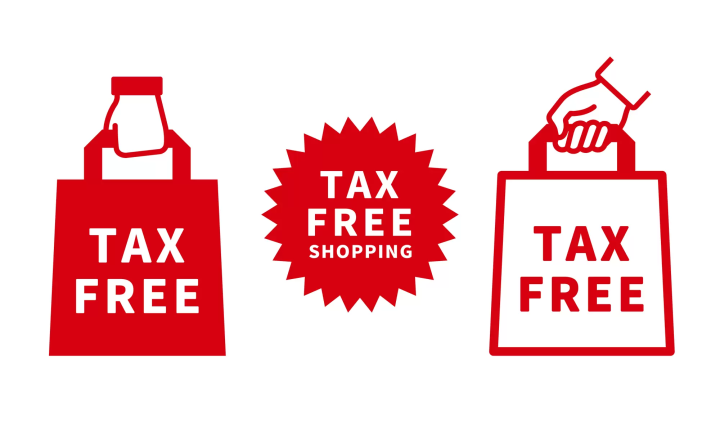
Photo by Pixta
To prevent some travelers in Japan from reselling duty-free goods for illegal profit, the Japanese government will implement a new tax refund procedure starting November 2026.
Under the current regulations, foreign tourists can purchase goods at tax-free prices if their in-store spending reaches a certain amount. However, with the new tax refund system coming into effect in 2026, travelers will need to pay the consumption tax upfront and then claim a refund at the airport before departure.
2. Japan Tax Refund Regulations: Tax-Free Shop Types, Eligibility, and Calculation Methods
How to Identify Japan Duty-Free Shops: Which Stores Offer Tax Refunds?
As long as you look for stores displaying the "Tax-free Shop" sign at the entrance, you can easily save on consumption tax. If you don't see the mark, it's a good idea to ask the staff in advance whether they offer tax-free services.

Generally speaking, duty-free shops can be seen everywhere from Japanese airports to busy city districts. In recent years, more stores in department stores and large shopping malls have set up duty-free counters.
Brands like Bic Camera, Don Quijote, Matsumoto Kiyoshi, and Rakuten Duty-Free are well-known large chain duty-free shops. When traveling in Japan, don’t miss the chance to collect your must-buy items on your shopping list.
Japan Tax-Free Eligible Items and Products
According to Japanese law, only foreign travelers with visa types of Short-term Stay, Diplomatic, or Official are eligible for tax exemption, meaning non-residents of Japan qualify.
Since this system mainly targets short-term visitors or Japanese nationals, there is a restriction that the duration of stay must not exceed 6 months upon entry.
Additionally, tax-free products can be divided into two main categories: General Goods and Consumables.
General goods refer to items like electronics, clothing, jewelry, and crafts; consumables include food (including beverages), pharmaceuticals, and cosmetics. If you're unsure about the type and total amount of your purchases, it might affect the success of your tax refund.
Japan Tax Refund Calculation
Most goods in Japan are subject to a consumption tax of 10%, with only some food and daily necessities, such as take-out meals and newspapers, taxed at 8%.
Until June 2018, Japan’s tax exemption calculations required separating general goods and consumables. However, the current system allows for a tax refund if the combined pre-tax total of general goods and consumables amounts to more than 5,000 yen but less than 500,000 yen (either use the new system or the previous one).
Japan Tax Refund Calculation Formula and Tips for Taking Goods Out of Japan:
- General Goods: Can be used directly within Japan after purchase, but must be brought out of the country within 6 months of entry.
- Consumables: Will be sealed in a special plastic bag after purchase. If opened before departure, additional taxes may need to be paid.
- General Goods + Consumables: If you choose to combine the calculation, the staff will seal both types of items together in a bag and treat them as consumables. They must not be opened within Japan and must be taken out of the country within 30 days.
| Product Category | Tax-Free Amount Threshold | Departure Time Regulations |
| General Goods | More than 5,000 Yen | Must be carried out within 6 months |
| Consumables | More than 5,000 Yen, up to 500,000 Yen | Must be carried out within 30 days |
| General Goods + Consumables | More than 5,000 Yen, up to 500,000 Yen | Must be carried out within 30 days |
3. How to Get a Tax Refund in Japan
1. Refund During Checkout
Independent duty-free stores, large outlet shops, and drugstores — if the purchase meets the tax exemption conditions at checkout, you can directly show your passport or the tax-free QR code to process the refund on the spot, and pay the tax-free price.
Using discount coupons for the same chain stores may also grant you additional savings!
2. Refund at the Tax-Free Counter
In Japanese department stores or multi-brand shopping malls, the final payment in individual stores is usually done with tax included, and the total spending across all stores does not necessarily need to reach 5,000 yen.
As long as the combined receipts meet the refund condition, you can go to the tax-free counter to process your refund (mainly cash refunds, often with handling fees).
Japan Tax Refund Process: 3 Simple Steps to Make Refunds Easy
1. Show Your Passport or Tax-Free QR Code
When processing the tax refund, a passport is essential. Whether at the regular counter or the tax-free counter, you need to present your passport.
If you are handling it at the tax-free counter, pay special attention to submitting both the purchase details and the tax-free items as well.
Since April 2023, the Japanese government has introduced the Visit Japan Web online entry registration platform with a new tax-free QR code service. If you complete registration before arriving in Japan, some stores can directly process the tax refund by scanning the QR code.
2. Scan Your Passport or Tax-Free QR Code
Under the old system prior to April 2020, store staff provided travelers with a "Purchaser’s Oath" form and a "Purchase Record Ticket". After signing the oath, travelers would have the purchase record ticket affixed to their passport by the staff to facilitate customs inspection.
With the digitalization of the tax refund process, there is no need for any physical Japan tax-free documents anymore. Instead, you can use either your passport or the QR code to scan and complete the process, replacing traditional paper procedures.
3. Show Your Passport to Customs
Finally, before leaving Japan, present your passport to customs officials. Once verified, the tax refund process is complete.
4. Important Tips for Japan Tax Refunds: Refund Timing and Purchase Intentions

The previous sections explained the duty-free shop types, exemption conditions (including eligible persons, products, and minimum amounts), refund methods, and application procedures.
Next, we have specifically compiled some important notes that are often overlooked before claiming a tax refund, to remind travelers heading to Japan to pay extra attention!
- Before the new tax refund system launches in 2026, all tax exemption procedures must be completed on the day of purchase.
- If paying by credit card, the cardholder's name must match the passport used for the tax refund.
- Original passport of the purchaser must be shown; photocopies are not acceptable.
- For purchases exceeding 1 million yen, the store must retain a copy of the passport.
- Expenses not for personal or everyday use (such as sales or business purposes) cannot qualify for a tax refund.
- If returns or exchanges reduce the total purchase amount below the tax exemption threshold, the consumer must pay the applicable consumption tax; the original tax exemption cannot be claimed.
- All duty-free products bought within Japan must be taken out of the country.
5. Common Questions About Japan Tax Refunds
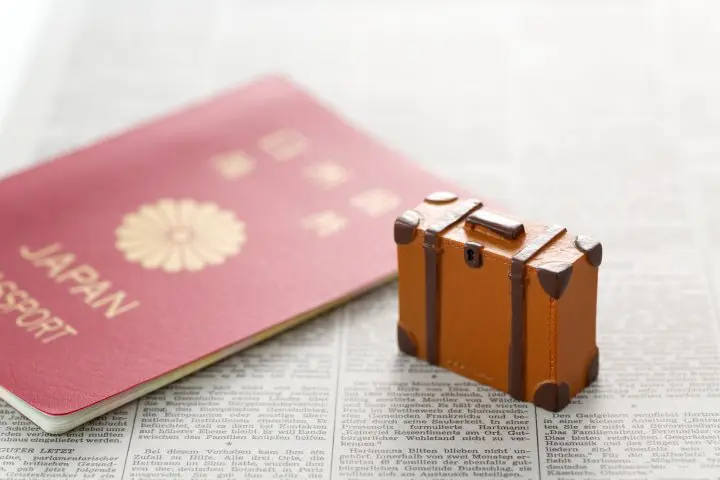
FAQ
When will the new duty-free system in Japan be implemented?
The specific implementation methods and start date of the new duty-free system are expected to be finalized by the end of 2024, and the new duty-free system may be implemented as early as 2025.
Who are eligible for duty-free shopping in Japan?
According to Japanese law, eligible for tax refunds are foreign travelers whose visa types include "short-term stay," "diplomatic," and "official," among other non-residents of Japan.
What are the duty-free items for shopping in Japan?
Duty-free items are categorized into "general items" such as home appliances, clothing, jewelry, and folk crafts, and "consumable items" including food, cosmetics, beverages, and medicines. Generally, a person can enjoy duty-free shopping by making purchases totaling over 5,000 yen excluding tax in the same store.
What are the tax refund procedures for shopping in Japan?
Step 1: Present your passport.
Step 2: Sign on the declaration form.
Step 3: Attach the purchase records.
Step 4: Completion of the procedure.
Where can I find tax-free stores?
When looking for tax-free stores, pay special attention to places marked with a red sign saying Japan Tax-Free Shop.
Read also
Enjoy Tax-Free Shopping
When traveling abroad it is fun to explore local goods and get souvenirs. Why not get the most out of your money by shopping at duty free stores in Japan?
94年生まれ。神戸出身、東京在住。アメリカからの帰国子女。旅、アート、食が大好きな大学生。

























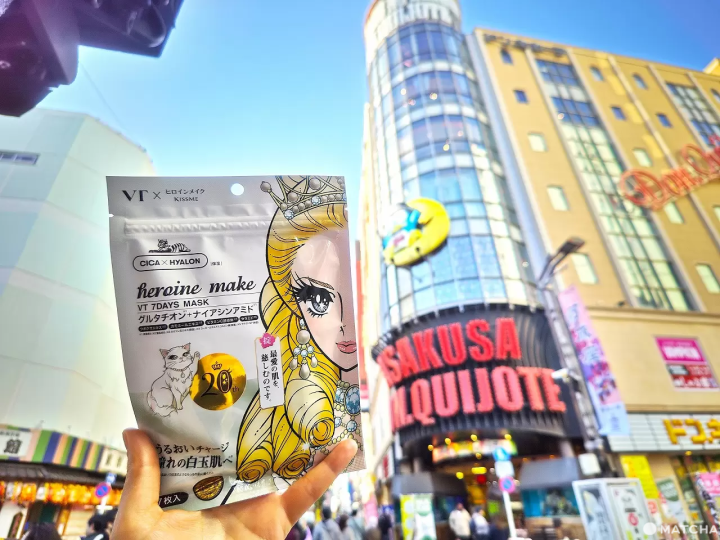
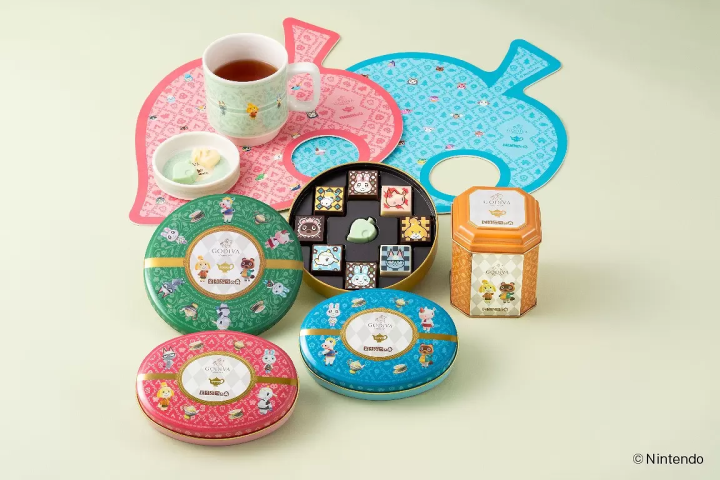






![[2026 Latest Information] Imamiya Ebisu Shrine is your ally for business prosperity! Information on Toka Ebisu Festival, Goshuin (temple seals), and more](https://resources.matcha-jp.com/resize/720x2000/2024/10/21-203908.webp)
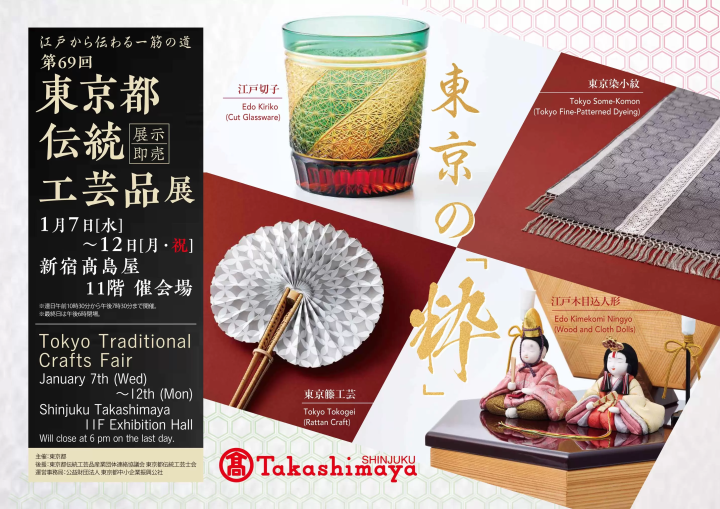

![[THE BLOSSOM KYOTO] Awaken your senses with the Kyoto aesthetic that lives on in the hotel](https://resources.matcha-jp.com/resize/720x2000/2025/07/01-237865.webp)
